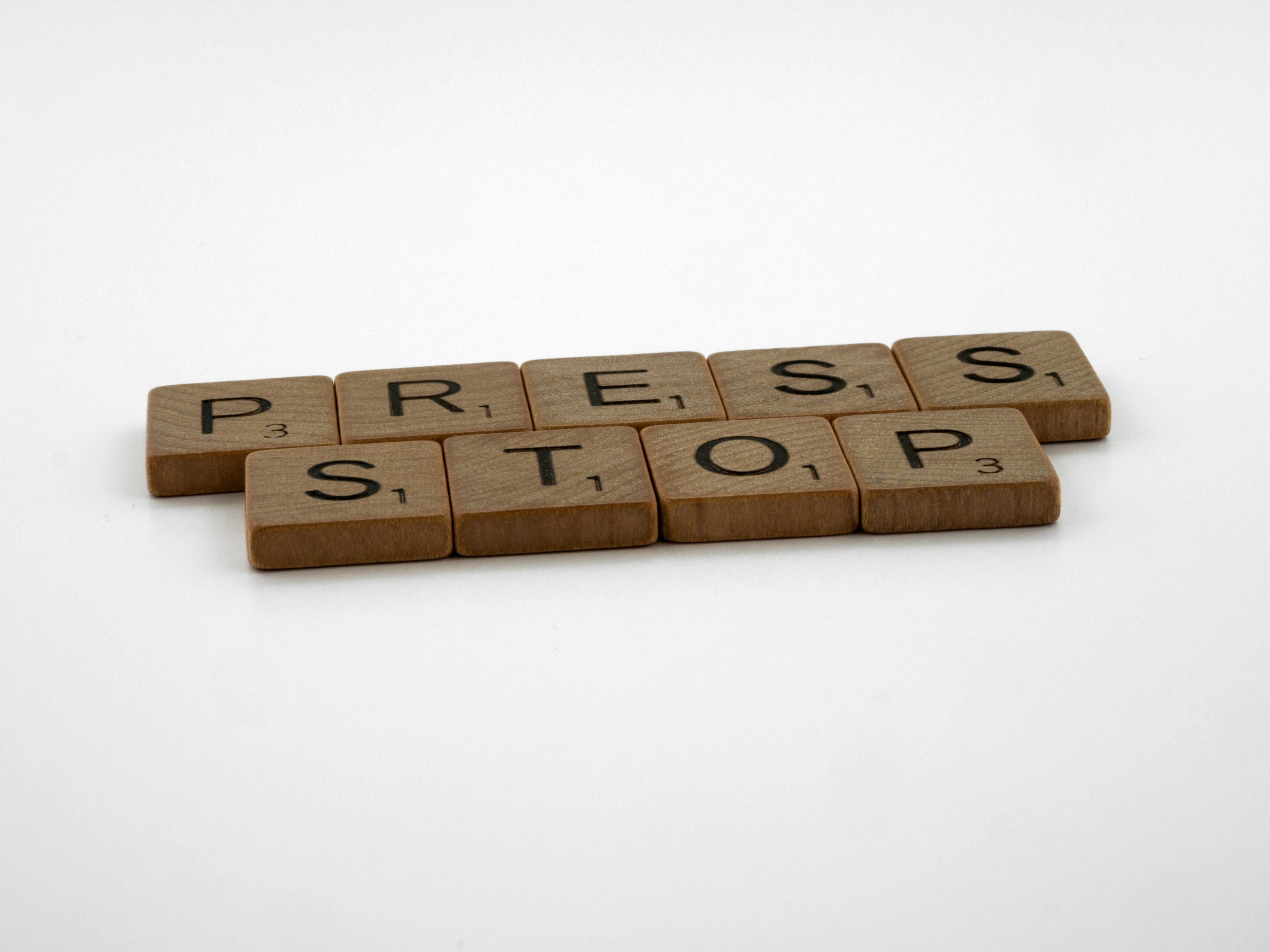Optimize Your Life: Biofeedback Tech for Daily Wellness
In an age where technology intertwines seamlessly with our daily lives, wearable devices have emerged as a powerful force in the realm of personal wellness. Among these innovations, biofeedback technology stands out, offering users real-time insights into their health and well-being. Imagine optimizing your life with just a wristband or a pair of earbuds that not only track your physical movements but also allow you to manage stress and improve mental clarity. With biofeedback wearables, this is no longer just a dream; it's a tangible reality. Here’s how you can leverage this groundbreaking technology to enhance your health effectively.
Understanding Biofeedback Technology
Before diving into practical applications, let’s break down what biofeedback technology really is. At its core, biofeedback is a technique that teaches individuals to control physiological functions through real-time data visualization. Wearable devices, equipped with sensors, gather data on various body parameters such as heart rate, temperature, muscle tension, and skin conductance.
These devices display this data in an accessible format, enabling users to make informed decisions about their mental and physical health. For example, when you see your heart rate spike during stressful moments, you can take immediate action to calm yourself through deep breathing or mindfulness techniques.
The Science Behind Biofeedback
Biofeedback technology relies on three fundamental components: sensors, feedback, and outputs. Sensors monitor bodily functions while you engage in different activities. The collected data is then translated into visual or auditory feedback, allowing you to observe variations and understand appropriate responses. This is grounded in principles of self-regulation and behavioral conditioning—essentially teaching your body how to maintain optimal states of health.
How Wearable Sensors Enhance Mental Clarity
When it comes to optimizing mental clarity, biofeedback wearables can be game-changers. Many devices on the market, such as the Muse headband or the Oura ring, offer features focusing on mindfulness and meditation.
Enhancing Focus Through EEG Monitoring
Electroencephalography (EEG) technology, often used in advanced wearables, allows users to monitor brainwave patterns. This data can help identify when your mind is wandering or when you're in a focused state. By understanding your mental states through real-time feedback, you can practice techniques to enhance focus, such as mindful breathing or short meditation breaks.
For those who want to delve deeper into the intersection of wellness and technology, check out our article on cultivating digital green spaces for mental wellness.
Improving Stress Management with Biofeedback
Managing stress effectively is essential for overall wellness. Biofeedback technology empowers users with tools to recognize physiological stress responses and counteract them promptly. Devices can detect subtle changes in heart rate variability (HRV), a marker of stress levels, and provide real-time insights to help users understand when they’re feeling overwhelmed.
Stress Relief Techniques
In light of instant feedback, personal wearables can facilitate stress relief exercises at the moment. For instance, if your device indicates heightened stress, it might prompt you to engage in a brief guided meditation or deep-breathing exercise through a connected app. Many wearables also integrate biofeedback tools specifically designed to help manage anxiety, making it easier to adopt strategies such as progressive muscle relaxation or visualization techniques.
Optimizing Physical Health Using Wearable Biofeedback Sensors
Beyond mental health, biofeedback technology plays a significant role in physical health optimization. From tracking energy expenditure to monitoring hydration levels, wearables can help individuals make proactive choices that promote overall well-being.
Understanding Physical Responses
Wearable devices measure real-time bodily functions, such as heart rate during exercise or caloric burn throughout the day. When you understand how your body responds to various exercises or daily routines, you can adjust your activities to achieve better results. For instance, if you notice that your heart rate increases significantly during running but remains stable during walking, you may choose to mix moderate and high-intensity workouts for effective cardiovascular training.
To explore how technology can reshape your health journey, consider reading our article on using virtual reality for mindful respite.
Sleep Tracking for Healthier Routines
Many modern wearables come equipped with sleep tracking features that analyze sleep patterns and quality. By interpreting data such as wake-up frequency, sleep duration, and even REM stages, you can make educated changes to your sleep hygiene—leading to better recovery and overall health.
Implementing Biofeedback Tech into Daily Life
Integrating biofeedback technology into your daily routine doesn’t have to be daunting; it can be as effortless as making small adjustments to your day-to-day activities.
Choosing the Right Wearable
With a plethora of biofeedback devices available, select one that meets your health goals. For mental clarity, consider meditation-focused devices like the Muse headband. For a broader health overview, the Oura ring offers sophisticated tracking of sleep, activity, and readiness levels.
Setting Realistic Goals
Once equipped with your biofeedback device, start by setting realistic health goals. Whether it's enhancing focus during work, improving workout efficiency, or mastering stress management, having a clear target can guide your daily practices. Document your experiences with the device to track progress, and remember to be patient as you learn how to interpret the feedback effectively.
Building Healthy Habits
Integrate biofeedback insights into a consistent routine. Consider maintaining a daily journal to note patterns you observe from the device. For example, if you realize that practicing mindfulness consistently lowers your stress levels or enhances your sleep quality, make those practices non-negotiable parts of your day.
Trust in Biofeedback: Authoritative Insights
To truly optimize your health with biofeedback technology, it’s vital to build trust in the data provided by your wearable. Awareness of how to validate the reliability of what you observe ensures informed decisions.
Look for Third-Party Reviews and Studies
Consult reputable sources on how biofeedback technology impacts health positively. Insights published on platforms like the Harvard Business Review outline technological ramifications in health care and beyond. Always seek peer-reviewed research that assesses the efficacy of devices you consider integrating into your lifestyle.
Online Communities and Feedback
Discover online forums and communities that discuss experiences with various biofeedback wearables. Engaging with others can offer new tips and reinforce trust in the technology. Sharing your own experiences can help others, building a supportive network.
Next Steps
Embarking on a journey with biofeedback technology is not merely about acquiring a gadget; it's about cultivating a deeper understanding of your health through ongoing engagement. Equip yourself with the right tools, commit to realistic goals, establish habits rooted in actionable insights, and stay informed about the latest research and advancements in biofeedback trends.
Investing in your wellness through biofeedback technology can offer profound returns—mental clarity, stress management, and overall physical health optimization. As you navigate this intricate world, remember that learning and mastery will occur over time. Be patient, be persistent, and let the data guide you on your path to a well-optimized life.
Final Thoughts
The melding of technology and wellness is no longer a futuristic vision; it’s here now. Biofeedback wearables empower users to take an active role in their health by providing real-time insights, helping optimize both physical and mental well-being. Embrace these technological advancements, and begin your journey toward enhanced wellness today.









